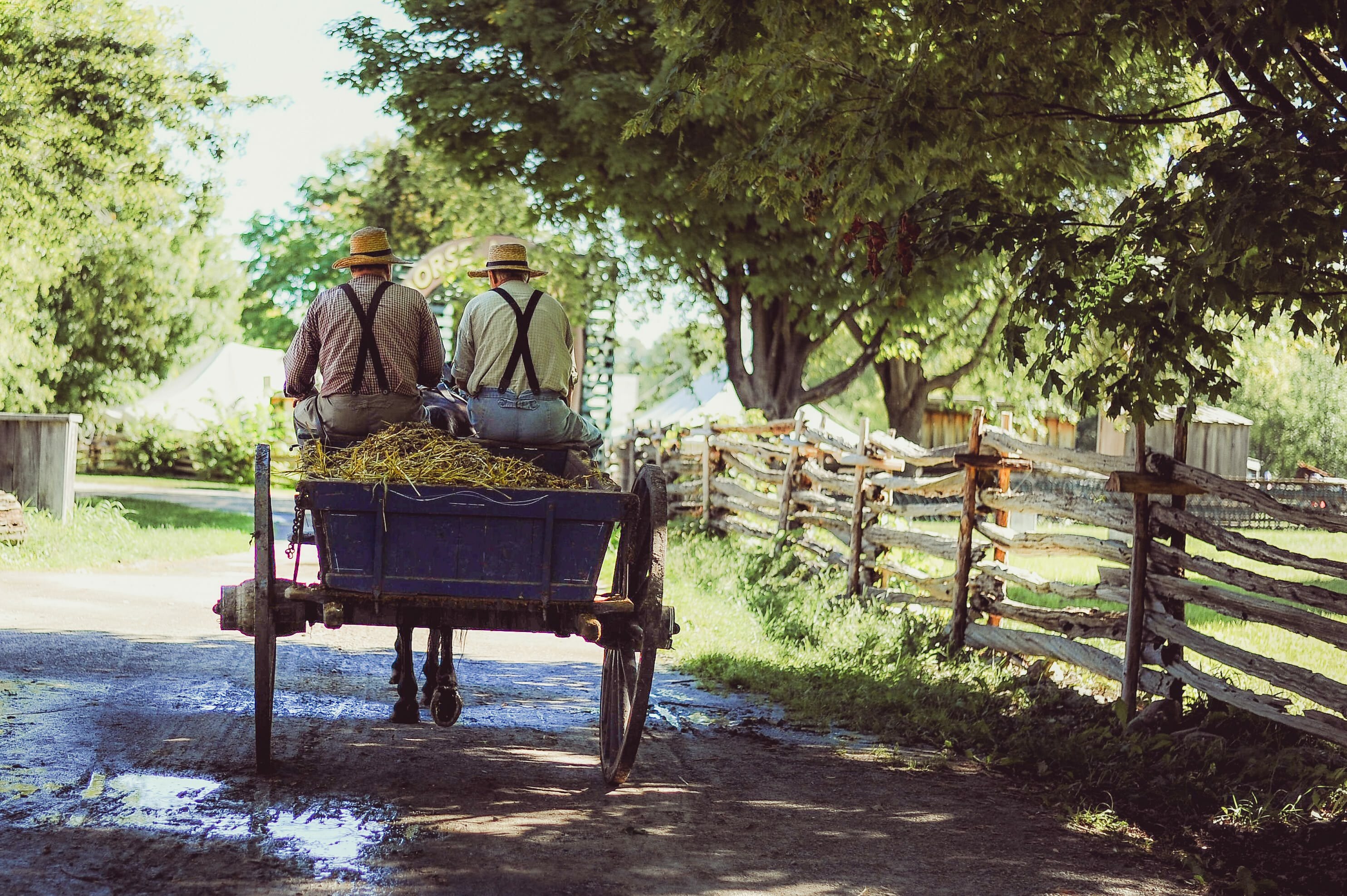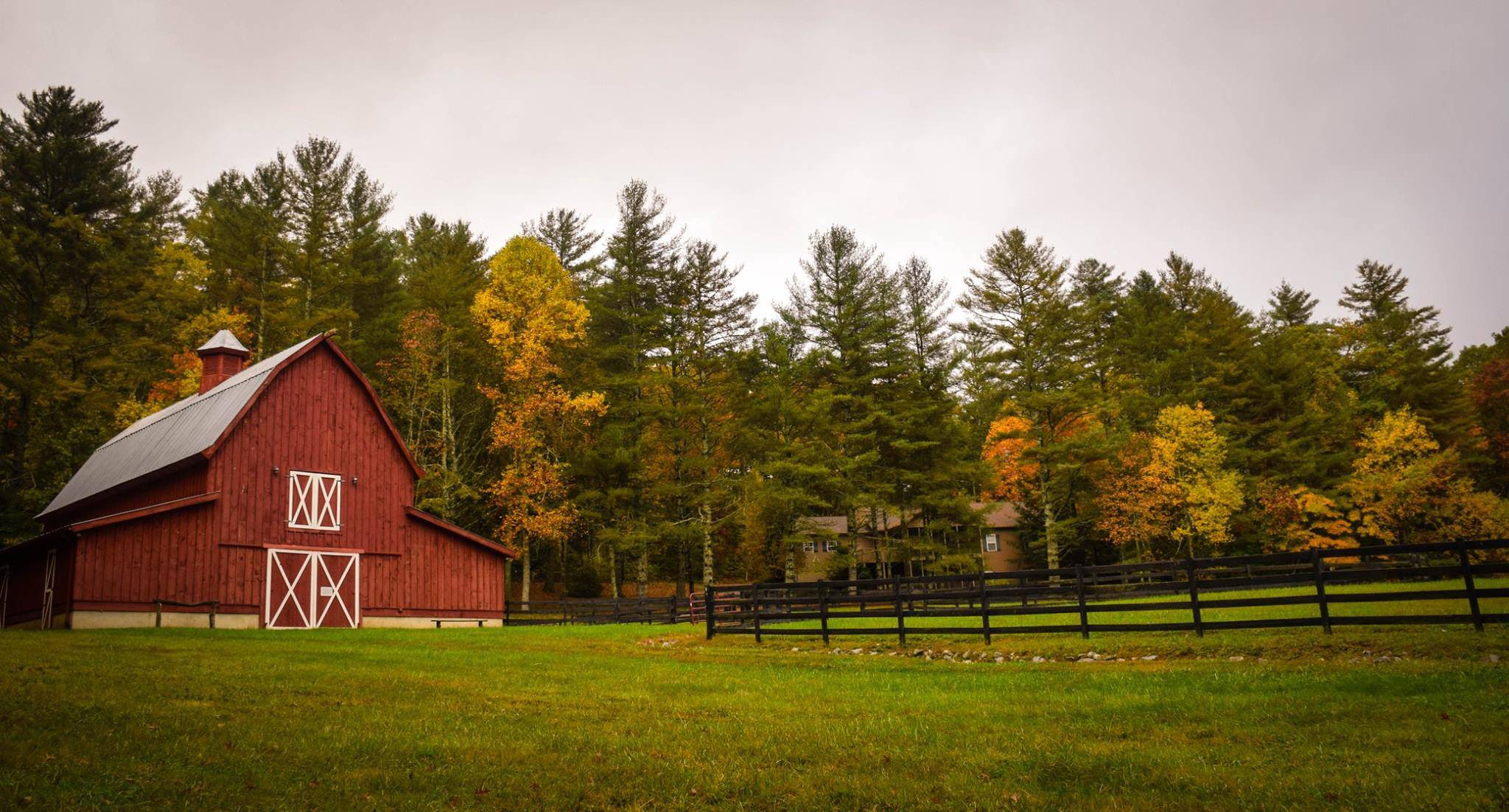Raise the Roof
Looking into the past to start solving the problems of today.“With so many people helping, no one has to work too hard.”
Raise the Roof
In a vast, near empty field in Pennsylvania lies a giant stack of lumber. Wood that was once a tree, but since chopped down, dragged by horse, cut to size and hewn; all by hand. Just after sunrise dozens and dozens of horse drawn carts arrive, lining the sides of the narrow, unpaved road leading down the field. Hundreds of bearded men with hand tools and women with pots full of chicken and vegetables pile out of the carts, greet one another, and head into the field.
In about ten hours, a new massive barn will occupy the field, but not without the help of a good old fashioned barn raisin’.
The Amish and Mennonites have traditions known as frolics; gatherings that are both practical and social. Barn Raisings are the most commonly known frolics, most likely due to their sheer impressiveness. Anyone who has built a home, or even a shed, understands how much planning, preparation and time it takes to complete such a project. Typical Amish barns are constructed with wood peg joinery, meaning no modern technology (not even nails). This traditional form of carpentry requires meticulous, thoughtful planning and execution. Raising a barn in less than a day would be unfathomable, if not impossible, without hundreds of helping hands and minds.

A job is given to everyone at the raising. The able bodied men and boys handle the manual labor, often requiring them to lift and secure massive walls, placing roof trusses, strapping for eventual shingles, and so forth. They climb like monkeys throughout the entire skeleton of the building; all while lifting and hauling lumber. The women and smaller children spend the morning preparing a sprawling feat of meat, potatoes, vegetables, sides, cakes, and sweets to be shared at mid-day by all.
The video below shows a time lapsed modern raising. You might notice some recent technologies, like a metal ladder, but the essence of the frolic remains. Notice how, towards the middle of the video, everyone leaves for lunch. EVERYONE. This is also a social gathering, don’t you forget.
Barns are crucial to farmers. They house their livestock, their grain, their tools, and the crops they harvest. Amish communities are tightly knit (it’s no surprise quilting is also a popular form of frolic) and they not only subscribe to but act on the principle of helping their neighbors. If a farm thrives, it benefits the community, so of course they are willing to help. It’s as if the thought of remaining idle would be entirely foreign.
With the work that’s accomplished in one day, there’s so much to be impressed with in a barn raising. Possibly the most impressive part is that all the labor’s provided free of cost from the community. The helpers are happy to offer their strength, skill, and time because it is fun. They see their sweat as a reason to be glad. The mid-day meal’s conversation is typically dominated by stories of past barn raisings, which are remembered fondly.
One of my favorite quotes about barn raising comes from author Gene Logsdon, “With so many people helping, no one has to work too hard.” (It’s almost as if he’s talking about DollarFund directly!)

We all could follow in this example of unity. It seems like every day we grow a bit farther and farther from our neighbors. There’s a good chance we don’t know the names of all of our neighbors, let alone wave them hello.
The spirit of Thanksgiving lies in a story of neighbors helping neighbors. As we start to ease our way into the holiday season, we should be thinking of our community and ways we can help make our neighborhood or town a more connected. It doesn’t have to be as grand as a barn raising. A simple smile and wave hello can often help make someone’s day.
Take a note from the Amish. Let’s try to make involving ourselves and helping our community a tradition. One that we look forward to, and one that brings us closer together.